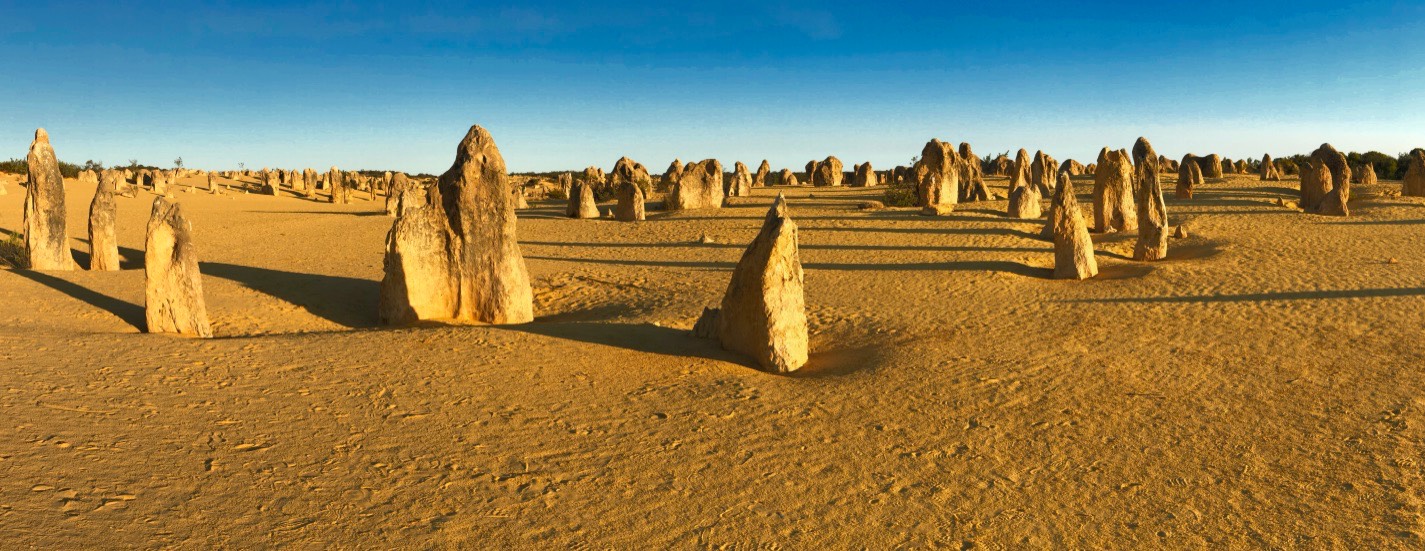
The Pinnacles
The small township of Cervantes is ideally placed for all kinds of water sport and for visiting the well known “Pinnacles”.
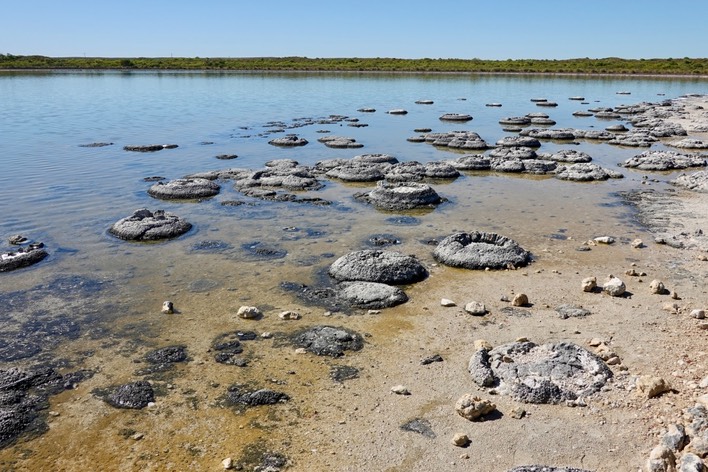
The American ship “Cervantes” marooned on the reef at the nearby Islands gave the town its name and in true Aussie humour the streets here carry names like “Seville”, “Valencia” and “Barcelona”.
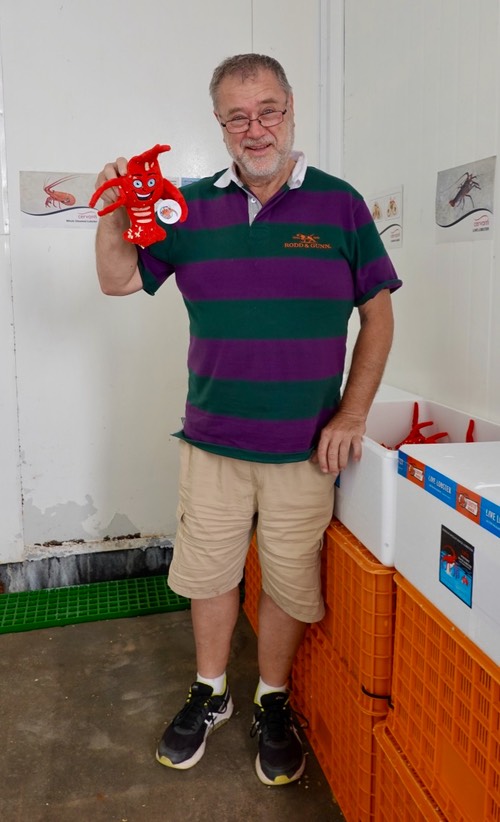
We couldn’t wait to get back to the Pinnacle Desert which so impressed us 40 years ago! Then we had stumbled around these amazing limestone formations with hardly any other soul around. Now the area is organised with a marked drive and diverse lookouts to cater for the large number of tourists.
The Pinnacles are believed to have formed within the sand dunes thousands of years ago. Ancient tree roots calcified and acted as framework for structures which later became eroded by rainwater and wind, leaving these amazing towers of up to 5 metre heights behind. That’s at least one of two theories scientists have come up with.
Lake Thetis, right next to town, which rises and falls with the tides, contains structures built by the earths’ oldest living microbial life forms which are still present in the lake. These structures are called Stromatolites and look like dry cow pads. Unfortunately, some at the edge of the lake have been stepped on and destroyed.
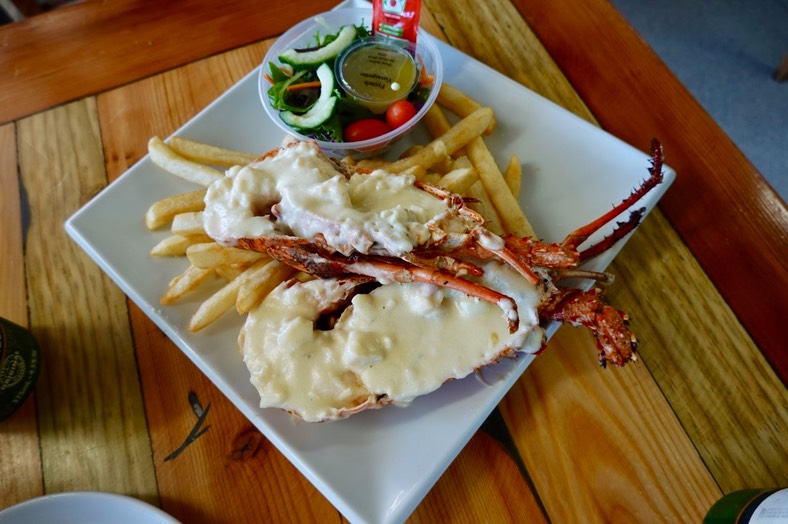
One of the other claim to fame of Cervantes, attracting bus loads of asian tourists in particular, is the "Lobster Shack”.
It is part of a hugely successful Family business of a third generation of Lobster fishers. A tour of the lobster processing factory takes visitors through the history of lobster fishing and gives access to the purging and sorting areas. Male lobsters with sperms and pregnant females are released back into the sea while all others are sorted according to their weight. We learned that the asian market likes smaller lobsters, while the big lobsters are in demand in Dubai for example. Any lobster missing more than 3 of his ten legs is used for other lobster products. To keep the lobsters in prime condition for the life export, tanks are very carefully monitored regarding temperature and oxygen content and any unnecessary handling of the lobsters is avoided. Of course, Austin had to pick one up and he boasted:” It’s not as scary as it looks!"
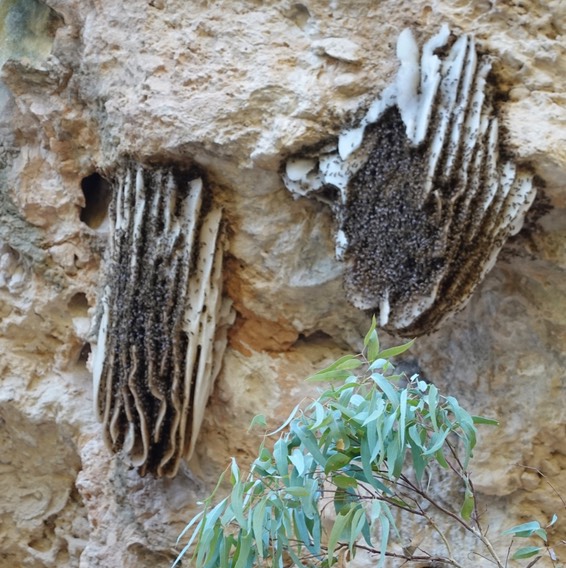
Attached to the factory is the Lobster Shack Cafe seating approximately 100 people and serving all kinds of fresh seafood and lobster in every variety. Not being a real seafood lover, I have to say that lobster is in a class of its own. From now on for me it’s lobster or nothing! (Austin reckons that with the prices for lobster in Sydney, I might become real skinny!)
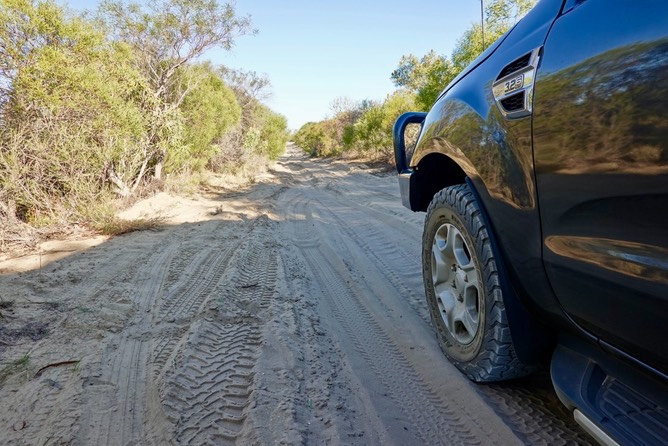
Further along the Turquoise Coast, at Jurien Bay, we stayed in another Overflow Camping Area, again located at playing fields.
We had heard that the carbonic acid in rain and ground water hollows out some of the western Australian limestone into honeycomb like rocks. This became very apparent at the Stockyard Gully Reserve where swarms of bees were obviously attracted by the familiar occurrence and built their hives in the cavities.
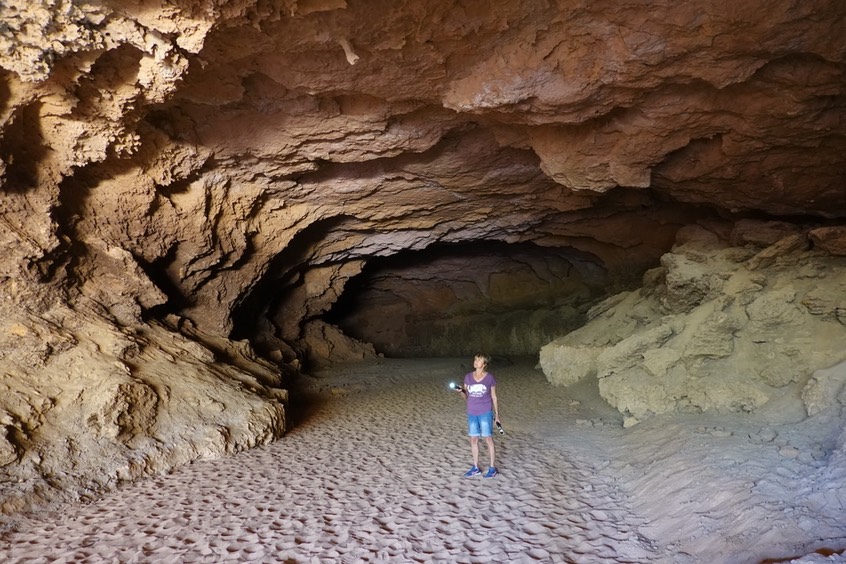
The special thing about the Stockyard Gully is a group of limestone caves leading to an underwater river system. You can only access these over a 16 km long rough 4WD track. Entrance to the caves as a sign points out is at your own risk.
Luckily there hasn’t been any major downpour recently, so it was unlikely that we would be trapped inside by flooding. However, as we got deeper into a 300m long cave we hoped that the batteries in our torches would last out.
In earlier times the drovers on their way from the outback to Geraldton camped out in the coolness of the caves using it as a natural stockyard - therefor the name!
For the next day we got the last two places on a boat tour to the islands to swim with the sea lions.
Cain, our young captain, announced that if anyone was taken by a shark, he would have to leave all of us behind, as he couldn’t bring back any witnesses! I am not sure if the young Spanish girls on board appreciated the Aussie humour at 8 o’clock in the morning!?
We had picked a beautiful day and the sea lions, although lazy by nature came out to play. The more splash and movement was made the more playful they became, and one young one in particular just couldn’t get enough! They were also very interested in our flippers and go pros, and as cute as puppy dogs come right up to you! Austin filmed some of it and cut it together for the blog. See below.